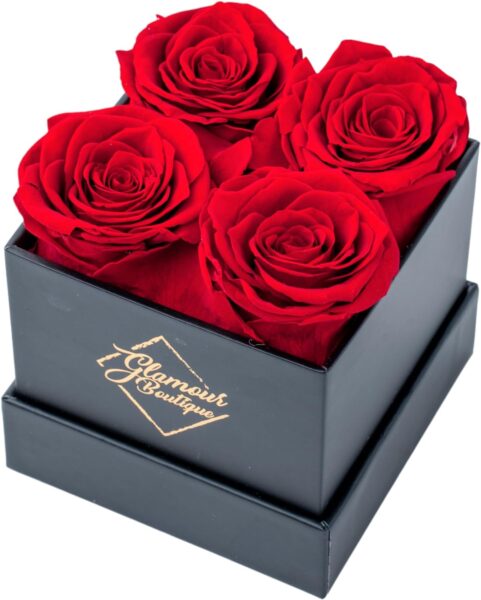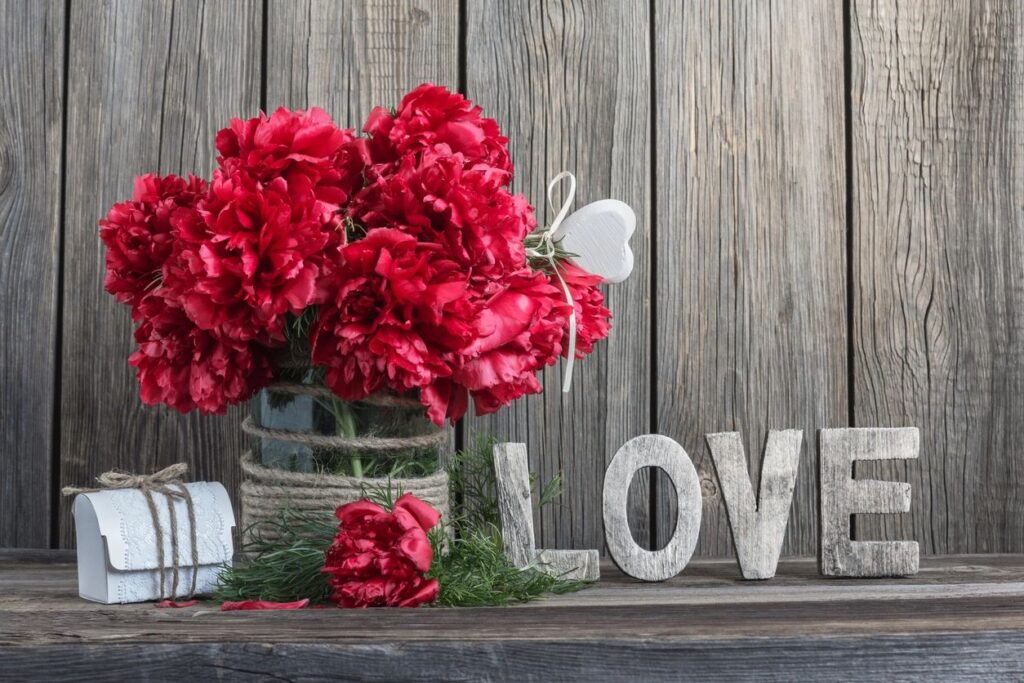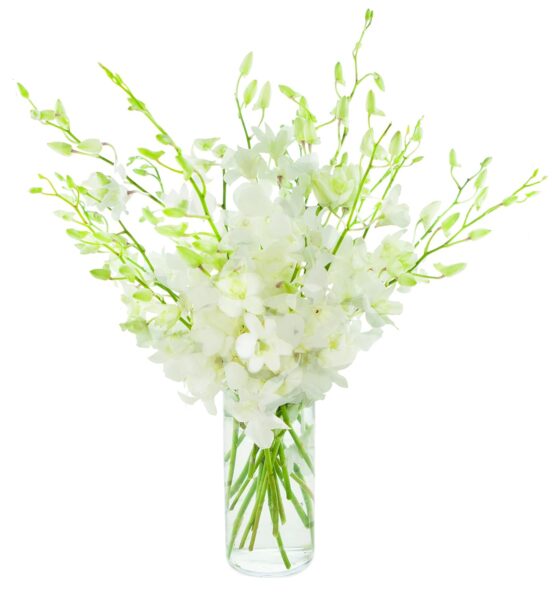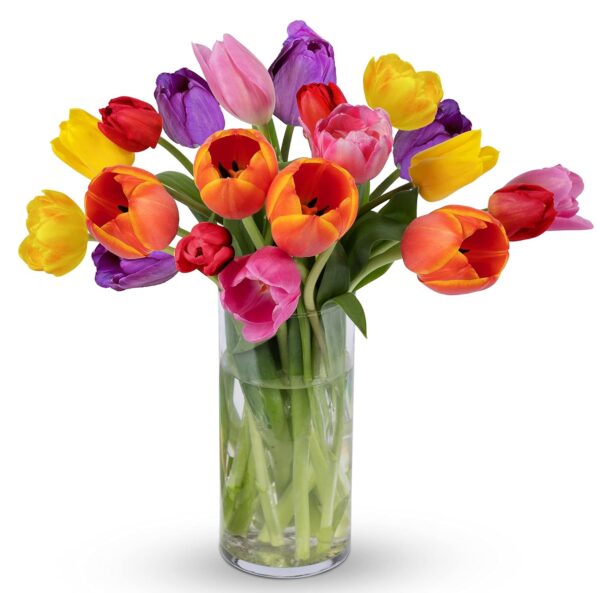Giving flowers to loved ones is a universal gesture, used to express everything from love to sympathy, particularly on special occasions.
Floriography is the art of communication through flowers. Each flower carries its special meaning or symbolism which varies depending on the colour, your relationship with the recipient, or even the occasion on which it is given. This Valentine’s Day, the experts at language learning platform Preply have put together a useful guide to deciphering The Language of Flowers to help potential bouquet buyers choose the best possible arrangement to convey their right message.
According to language experts, these are the best flowers to get your partner for Valentine’s Day and what they mean:
Roses

This classic choice is often associated with love and romance. Roses are the ultimate symbol of love with red roses signifying an enduring passion; a pink rose representing perfect love; and a white rose symbolising never-ending devotion. You can’t go wrong with the centuries-old tradition of giving roses.
The orchid symbolises love, beauty and fertility and is one of the most popular cut flowers on the market. In addition, orchids can last for years and have the potential to bloom every year, commemorating your relationship year after year.
Carnations
The meaning varies depending on the colour, but the general meaning is fascination, distinction, devotion and love. Pink carnations show gratitude, red carnations can signify love and affection, while the orange version of the flower can allude to desire.
Although tulips are perhaps best known as a symbol of the springtime, the flower’s most common meaning is a perfect and deep love. This makes them the ideal choice to send your amor a declaration of love this 14th February.
Lilies
These are elegant flowers that come in a variety of colours and can be associated with purity and renewal. Lilies can also represent femininity and fertility which may make them a perfect pick for a female love-interest.
Valentine’s Day across Europe
As with spoken languages, many flowers may have slightly different meanings abroad than they do at home. If you’re gifting to a foreign flame, then Preply has got you covered with the best flower bouquets to pick up for Valentine’s Day across Europe. After all, love knows no borders.
Italy – Mimosa flowers are a popular present for San Valentino, symbolising sensitivity, sensibility, love and celebration.
France – In France, you might be better off picking up some orchids this Saint Valentin. These represent love, beauty and strength.
Spain – On El Día de San Valentín, lilies are a popular choice and personify devotion to your partner, as well as purity.
Germany – If you’re lucky enough to have a German partner, you might expect to receive a bunch of tulips on Valentinstag, which stands for perfect love.
Expert Commentary by Sylvia Johnson from Preply
“Non-verbal communication plays a pivotal role in establishing and fostering relationships because it adds depth to interactions and reflects what’s beyond spoken words. All of your non-verbal behaviours—the gestures you make, your posture, your tone of voice, how much eye contact you make—send strong messages. Non-verbal communication may put people at ease, build trust, and draw others towards you, or it may offend, confuse, and undermine what you’re trying to convey. When faced with mixed signals, the listener has to choose whether to believe your verbal or non-verbal message and they’ll likely choose the non-verbal message.”
“Building meaningful relationships with those who speak a different language is entirely feasible – it’s all about embracing empathetic listening, presence, and universal gestures of kindness.”
“Understanding and respecting the love language of others is paramount for a deeper connection; for some, gestures like giving flowers could speak volumes more than words ever will. This is a reflection of the diverse ways humans express and perceive affection!”



